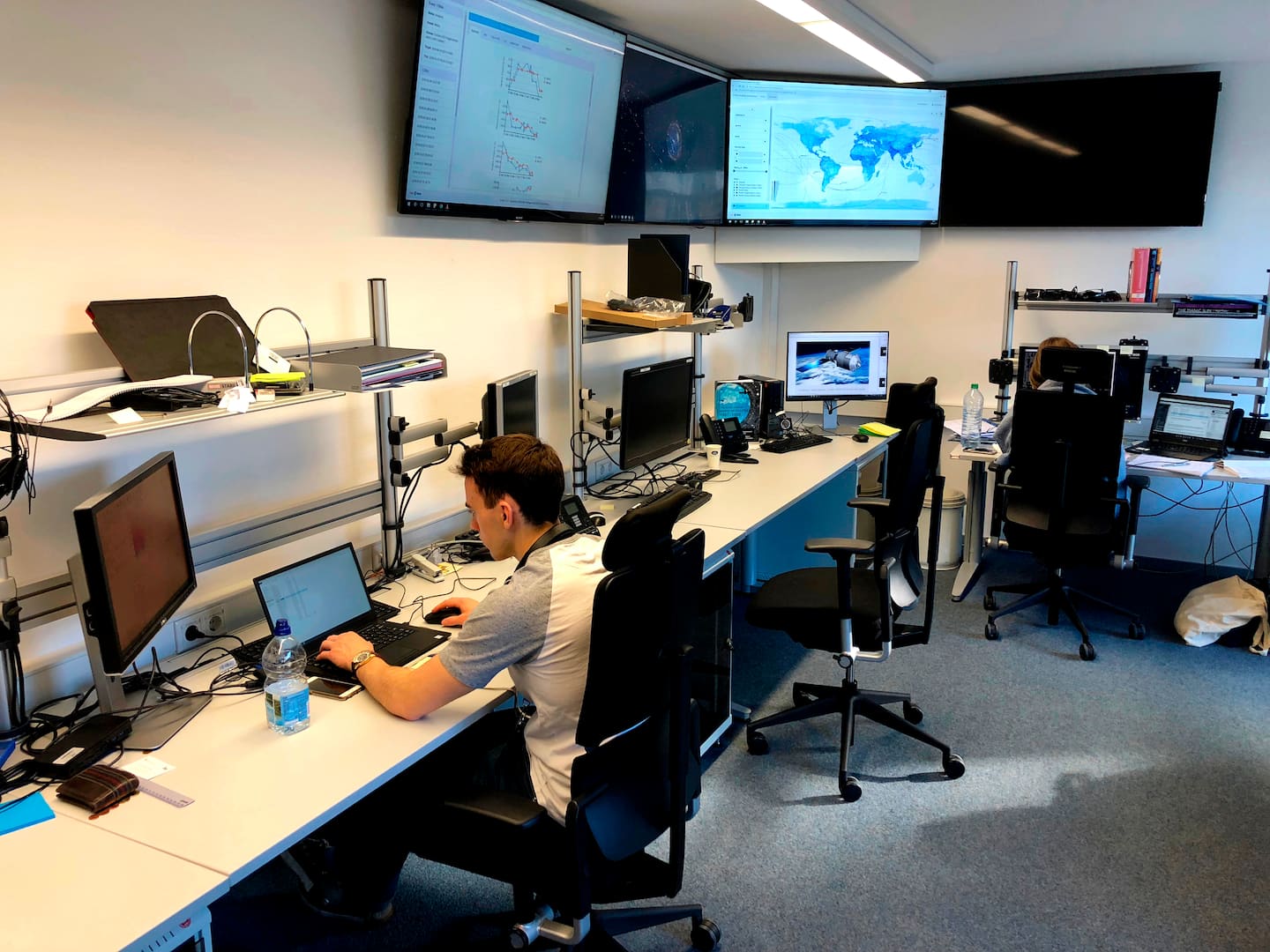A rocket booster and a dead satellite avoided a collision Thursday, illustrating the ‘ticking time bomb’ of space debris

If that happened, the collision could have produced thousands of pieces of space debris, the most since an active communications satellite operated by Iridium and a dead Russian satellite crashed into each other in 2009 some 500 miles over Siberia. But shortly before 10 p.m. LeoLabs reported that there appeared to be no collision. The company’s radar showed the rocket stage intact with “no signs of debris.” It added that there was “no indication of collision.”
In addition to a couple thousand operational satellites, there is a lot of trash in space — spent satellites and old rocket boosters, the flotsam of previous collisions and military maneuvers, such as when China shot down a dead satellite with a missile in 2003.
The more junk in space, the greater the possibility of additional collisions, which in turn would produce even more debris, further exacerbating a problem that is growing worse.
“Every week we see close approaches, where derelict satellites, rocket bodies, are passing within 100 meters of each other,” said Daniel Ceperley, LeoLabs’ founder and CEO. “This isn’t like this happens once a year. This happens multiple times a week. It’s sort of a ticking time bomb that’s just out there in space.”
He said the chance of a collision was less than 10 percent but added “that’s extremely high for the space industry. At one in 10,000, a satellite operator will move their satellite. At one in 1,000, it’s is considered an emergency.”
So far this year, the International Space Station has had to maneuver three times to avoid debris, NASA said. Speaking at a Senate Commerce Committee hearing recently, NASA Administrator Jim Bridenstine lamented the growing problem and said in addition to the times the station has had to maneuver there “were three potential [collisions] that made us very nervous.”
The challenge, he said, is “we don’t have as a nation, or even as a world, a robust architecture for how we’re going to integrate all of these capabilities into this small space. And it’s becoming more and more of a problem.”
The concerns come as companies such as SpaceX and Amazon are vying to launch thousands of satellites to low Earth orbit where they would beam the Internet to rural and underserved communities. Over the next 10 years, more than 50,000 satellites could be launched, according to Analytical Graphics Inc., a company based outside of Philadelphia that also tracks spacecraft and debris. The Pentagon tracks about 22,000 pieces of debris larger than about four inches, but scientists say there are nearly 1 million larger than half an inch. With all the debris floating around in orbit, AGI estimates that there could be as many as 404 collision and 17 million close calls in the most congested orbits over the next decade.
That is fueling a push in some quarters, including the White House, for a civilian agency, namely the Commerce Department to take over the job of tracking debris and issuing warnings. But that effort has moved slowly, while some in Congress favor the Federal Aviation Administration instead.
In the meantime, the problem isn’t going away.
The two objects hurtling toward each other Thursday evening were fairly large — the combined mass is more than 6,000 pounds, according to LeoLabs. With each traveling some 17,000 mph, a collision would have been catastrophic, and there was nothing anybody could do to push them off course.
“Neither object is maneuverable, so there is nothing to do but watch,” said Todd Harrison, the director of the aerospace security project at the Center for Strategic and International Studies. “At an altitude of more than [600 miles], the debris will linger for many decades.”






